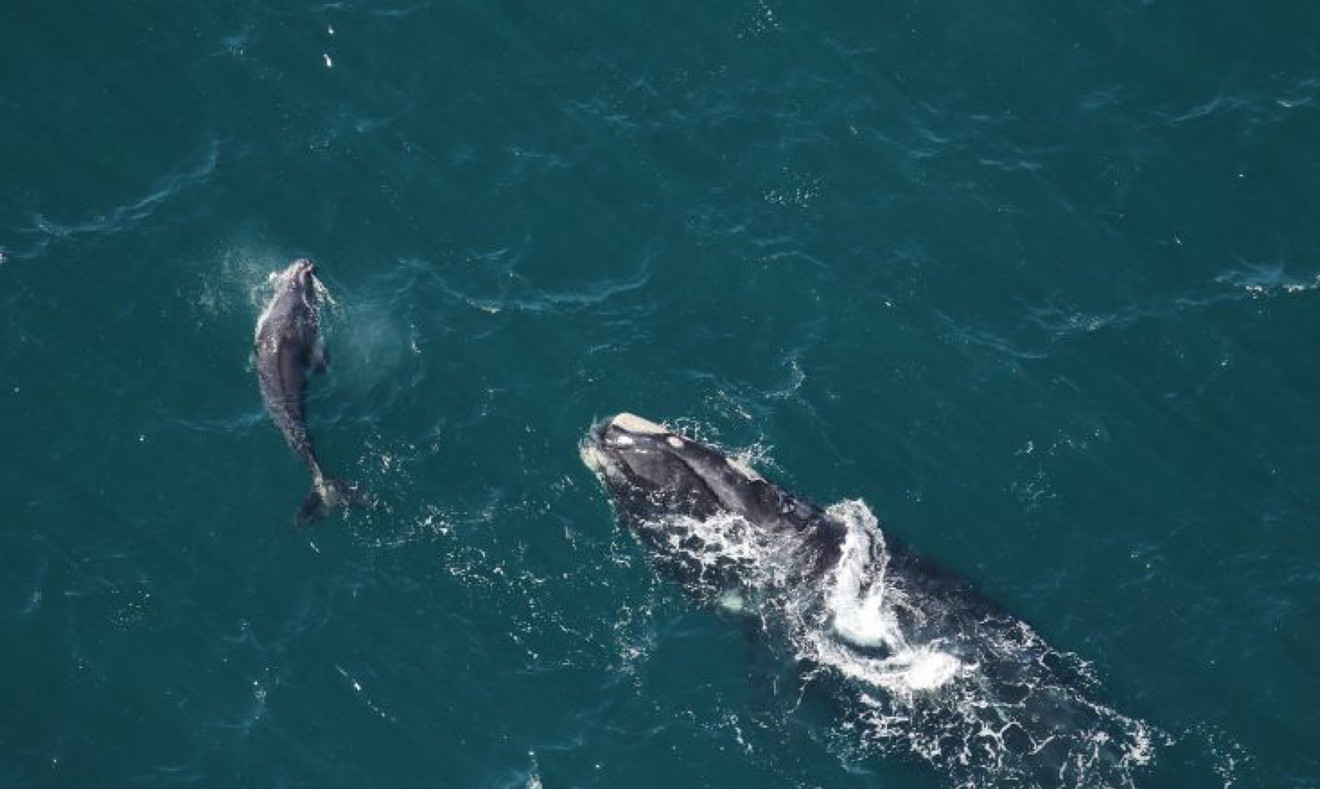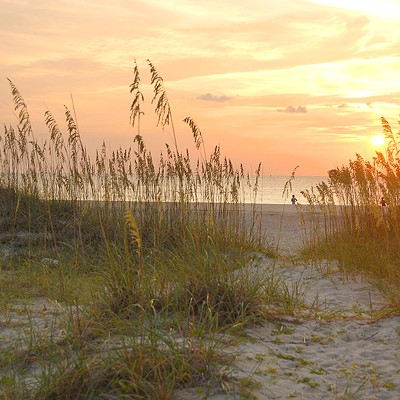North Atlantic Right Whale Consortium shares annual report on critically endangered species
A new report from the North Atlantic Right Whale Consortium is emphasizing a downward trend for the North Atlantic right whale population amid ongoing human impacts that are hindering the critically endangered species’ ability to survive and reproduce.
Each year in October, the Consortium releases a preview of its annual report card on the status of right whales, one of the most endangered large whales in the world. Last year, using the best available data, the Consortium reported the 2020 population estimate to be 336 (+/-14 for range of error). After additional photographic data from that calendar year were fully processed, the 2020 estimate was adjusted to 348 (+/-5), within the range of error of the earlier estimate. In a report set to be unveiled at the Consortium’s annual meeting this week, researchers estimate the species totaled 340 animals (+/-7) in 2021. The current population estimate represents a continued decline for the species, showing more individual whales died than were born.
“While it is certainly good to see the slope of the trajectory slow, the unfortunate reality is that the species continues to trend downward, with fewer than 350 individuals alive in 2021,” said Heather Pettis, research scientist in the New England Aquarium’s Anderson Cabot Center for Ocean Life and executive administrator of the North Atlantic Right Whale Consortium.
In their report, the scientists also expressed concern about the 15 calves born in 2022. The number is lower than the 18 born in 2021 and far below the average of 24 calves per year in the early 2000s. There were also no first-time mothers in the group, which supports the findings of a new paper on breeding females showing a downward trend in the number of female right whales capable of breeding. Research has also found concerning evidence of declining body size, in part due to frequent entanglements in fishing gear, with smaller female right whales producing fewer calves.
“With this new population estimate, the species number is now down to what it was around 2001. In the ensuing decade, the population increased by 150 whales; that tells us this species can recover if we stop injuring and killing them,” said Philip Hamilton, senior scientist at the New England Aquarium and the identification database curator for the Consortium.
The North Atlantic Right Whale Consortium meeting, which is being held October 25–26, will also be releasing reports on right whale deaths, entanglements, and vessel strikes. So far in 2022, there have been no detected right whale mortalities. While this is encouraging, scientists noted that roughly two thirds of deaths go undocumented. Additionally, right whale mother “Half Note” (Catalog #1301) lost a calf, and there is concern that the calf of chronically entangled whale “Snow Cone” (Catalog #3560) has not survived.
“There has been a lot of focus on the fact that no right whale mortalities have been detected in 2022, which is certainly a good thing. While we can be cautiously optimistic about this, we know that only one third of right whale deaths are observed, so it is likely that some whales have died this year that were not observed,” said Dr. Scott Kraus, chair of the Consortium. “Additionally, we continue to see unsustainable levels of human-caused injuries to right whales. A lot of work by many stakeholders has gone into protecting these whales, but the hard truth is it hasn’t been enough.”
This year, there have been five whales entangled and seen with fishing gear attached. At least five others are known to have interacted with fishing gear, with entanglement injuries significant enough to cause wounds and scars. There was also one detected vessel strike to a right whale in 2022.
Collaborative efforts to reduce the lethal and sub-lethal impacts of human-caused threats to North Atlantic right whales and save the species from extinction have involved conservationists, scientists, government agencies, and the fishing and shipping industries. The North Atlantic Right Whale Consortium was founded in 1986 by the New England Aquarium, the University of Rhode Island, the Center for Coastal Studies, Marineland of Florida, and Woods Hole Oceanographic Institution to jointly assess the biology and status of right whales. Today, the Consortium includes more than 100 individuals, organizations, industry representatives, and government agencies from the United States and Canada with a stake in right whale conservation. The Consortium is holding its annual meeting this week with nearly 500 in-person and virtual attendees from the U.S., Canada, Europe, and Australia expected.
- The New England Aquarium



































